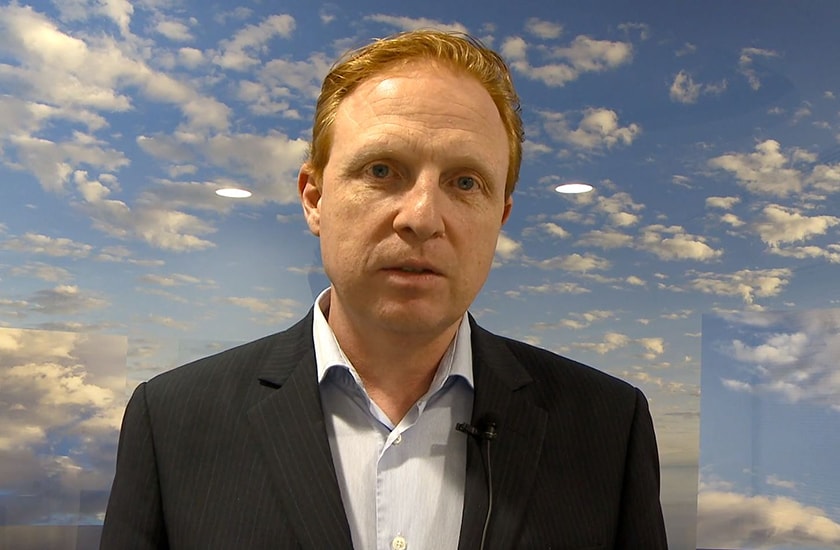What is endobronchial ultrasound?
Endobronchial ultrasound, also known as EBUS, is a non-surgical procedure used to diagnose lung cancer, infections, and other diseases causing enlarged lymph nodes (glands) in the chest.
Performing the old surgical procedure was limited, depending on how well the patient was and whether they were healthy enough to cope with the procedure.
EBUS is a minimally invasive day procedure that requires some sedation, has fewer complications and effectively diagnoses and stages cancer.
It can be performed even if you are unwell, elderly or have significant other medical conditions and now sets the international standard for diagnosis.
Why is EBUS important?
It is critical to stage cancer accurately by identifying which lymph nodes (glands) in the chest are infiltrated with tumour, as this directs appropriate treatment between curative surgery and palliative chemoradiotherapy.
In some situations, CT and PET scan have a 20 per cent false positive and false negative rate for detecting lymph node metastases.
This means a significant number of patients are being denied surgery when they have operable early stage diseases, or are undergoing futile surgery when they have more advanced diseases.
Can it be used for patients who have other types of cancer?
Aside from lung cancer, EBUS is also invaluable in the setting of other cancers or lymphoma involving the mediastinum, or non-malignant causes of mediastinal lymphadenopathy such as infections and sarcoidosis.
It’s vital for the patient’s whole medical team – thoracic surgeon, oncologist, radiologist, interventional pulmonologist and respiratory physician – to meet as a group and discuss the patient’s treatment, so that we can decide the best tailored approach to maximise rates of cure and quality of life for each individual patient.







